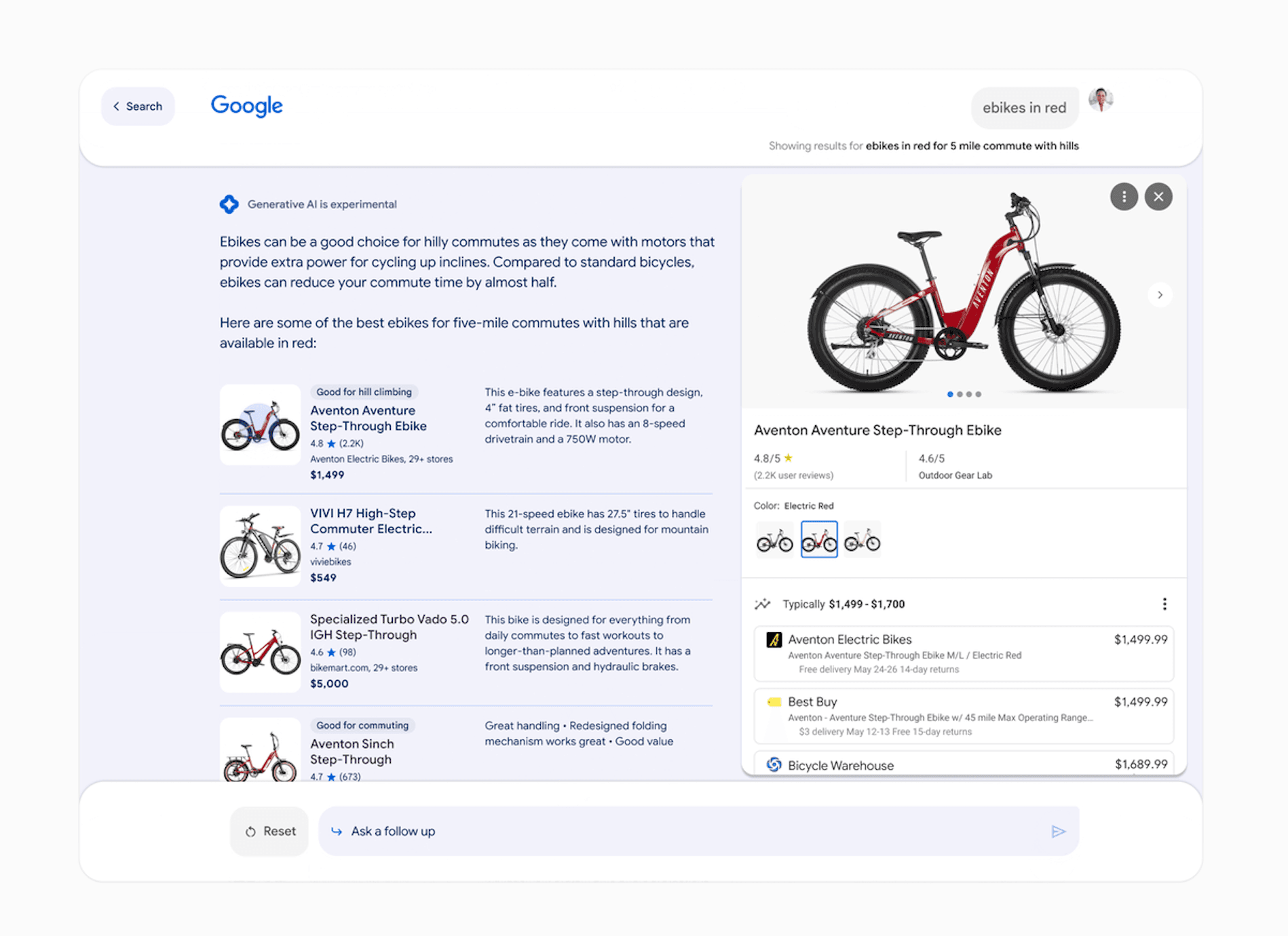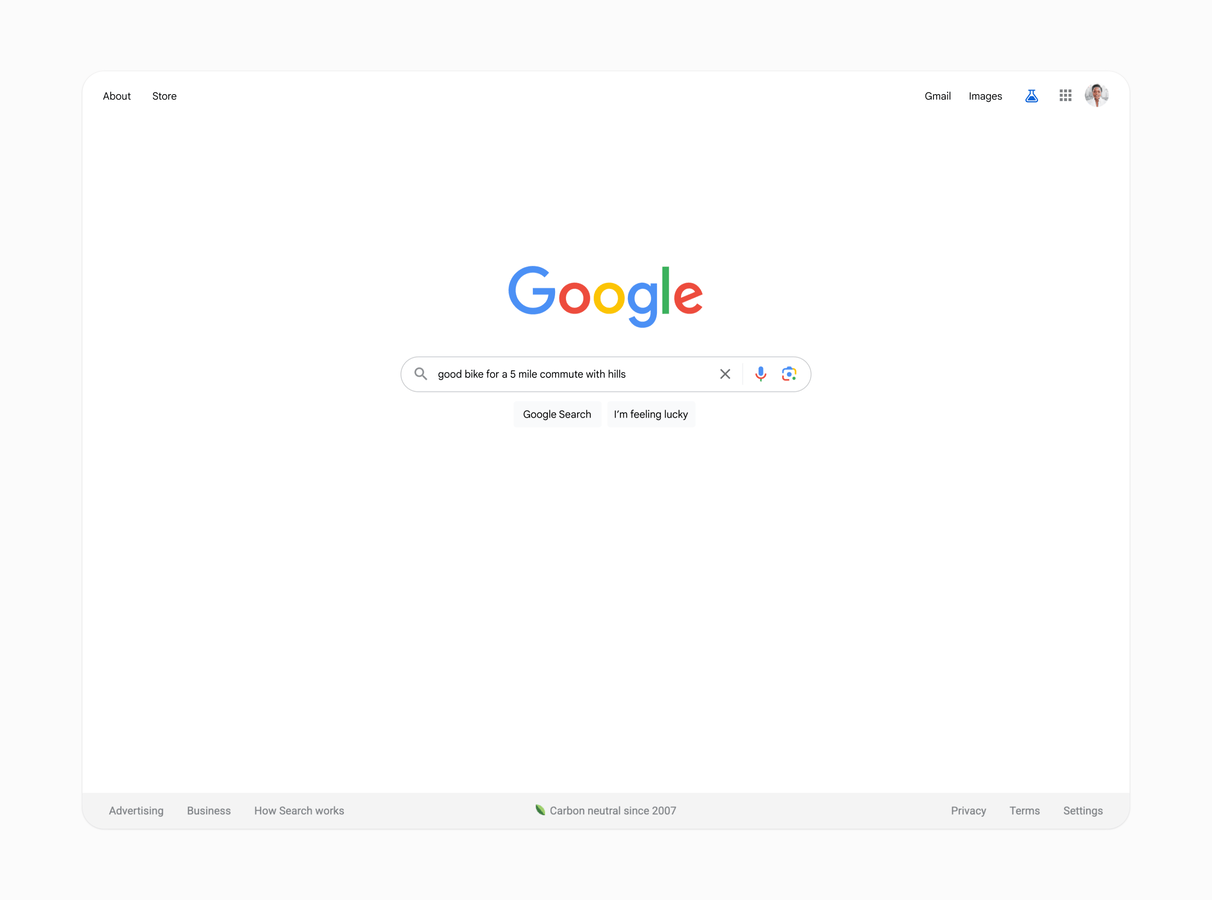Beyond SEO: The Rise of LLMs and the Emergence of GEO

Beyond SEO: The Rise of Large Language Models / Generative Engines and the Emergence of GEO
In the ever-evolving landscape of online discovery, a significant shift is underway. Users are moving away from traditional search engines, drawn towards a more dynamic and interactive experience offered by Large Language Models (LLMs). Notably, Google is at the forefront, embracing a search generative experience that integrates LLM-generated content directly into search results.
The Google Paradigm Shift: A Search Generative Experience
Google's search generative experience represents a transformative leap in user interaction with search results. It goes beyond the static display of links and snippets, adding a layer of dynamic content generated by powerful language models. This change is a testament to the growing influence of LLMs in shaping how users seek and consume information online.

SEO Alone is No Longer Enough
As the digital landscape evolves, it becomes clear that simple Search Engine Optimization (SEO) strategies are no longer sufficient. Google's emphasis on a search generative experience means that traditional SEO practices, which primarily focus on static keyword optimization, are becoming outdated.
Introducing GEO: Generative Engine Optimization
In response to this paradigm shift, a new term emerges: Generative Engine Optimization (GEO). GEO encompasses strategies that go beyond traditional SEO, tailoring content not just for search engines but specifically for LLMs like ChatGPT and Google's language models.
The GEO Advantage
-
Dynamic Content Adaptation: GEO optimizes content to align with the dynamic nature of LLMs, ensuring your website is responsive to evolving search generative experiences.
-
Strategic Content Placement: GEO involves placing a strategic emphasis on content elements that resonate strongly with language models, influencing their generated results.
-
User-Centric Approach: GEO recognizes that users are seeking more than static information. It focuses on creating engaging, conversation-worthy content that captures the attention of LLMs and, consequently, users.
Implementing GEO Strategies
1. Content Tailoring
Craft content that not only addresses user queries but engages LLMs in a meaningful dialogue. Utilize natural language and contextually relevant information.
2. Conversational Keywords
Incorporate conversational keywords that align with the way users interact with language models. Think about the phrases users might use when engaging in a conversation.
3. Rich Media Optimization
Enhance your content with multimedia elements, making it more appealing to both users and language models. This includes images, videos, and interactive elements.
4. Continuous Adaptation
Stay agile in the ever-changing landscape of language models. Regularly update your content strategy to align with the latest developments in LLM technology.
Conclusion: Embracing the Future of Digital Discovery
As users increasingly turn to Large Language Models for information discovery, businesses and content creators must adapt. The era of simple SEO is evolving into the age of GEO, where optimization strategies must align with the dynamic and generative capabilities of language models. By embracing GEO, you not only stay relevant in the shifting digital landscape but lead the way in influencing the content generated by the language models of tomorrow.